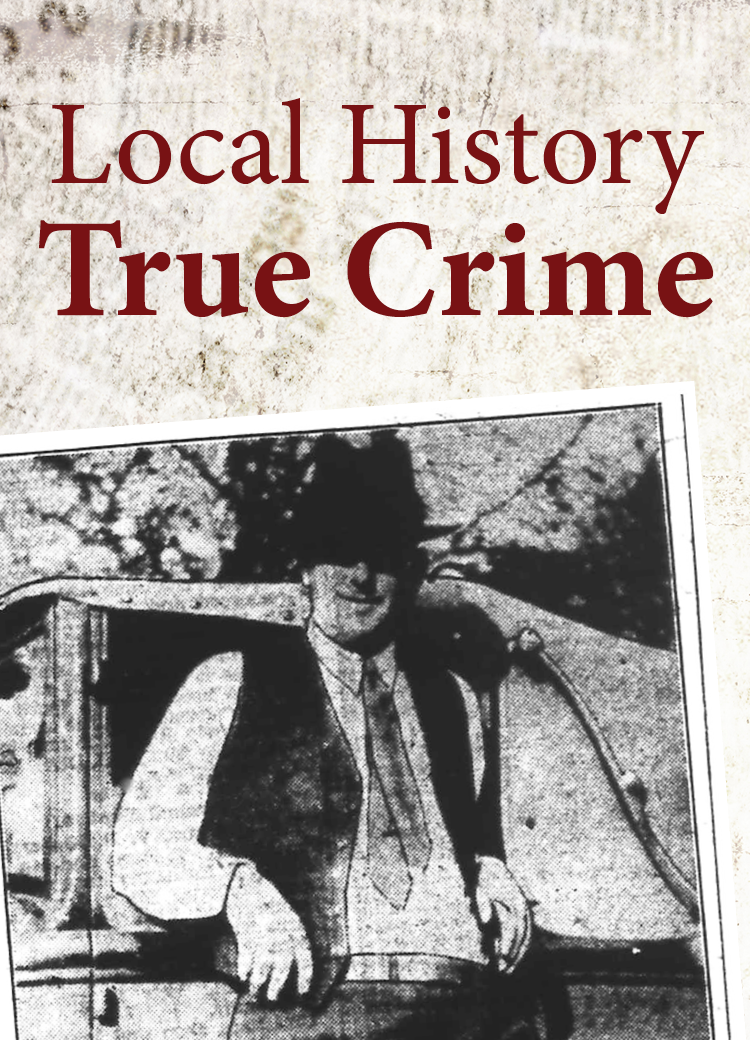Local History: The suspicious death of "Six Foot" Kramer
Roy Kramer
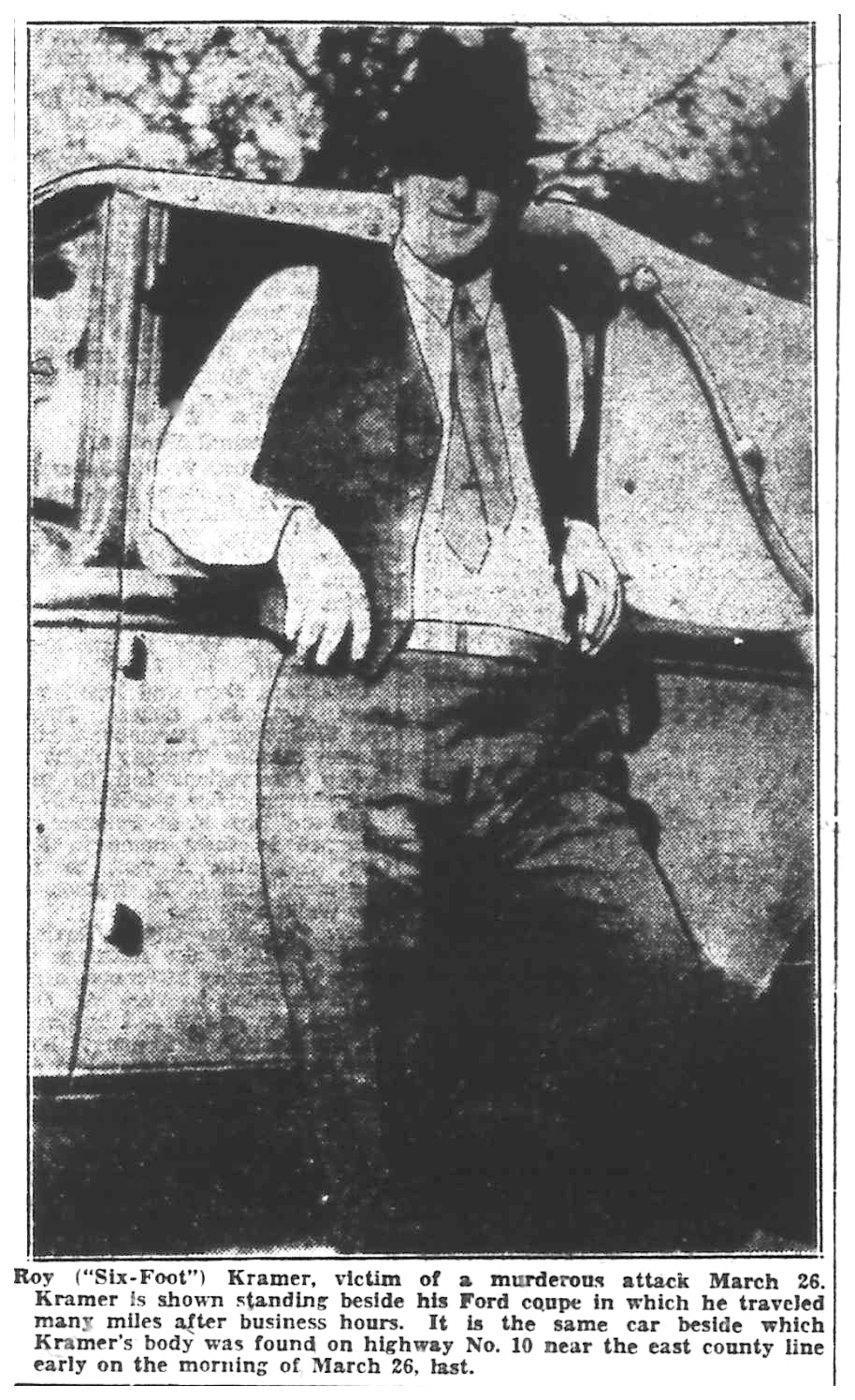 In the early 20th century, Roy Kramer was an established Topekan chasing after the American dream. Cattle buyer and vice president of a local packing company, Kramer was a friend to many and enemy to none. Perhaps a result of his genial nature, he was often lovingly referred to as “Six Foot Kramer.” No one could begin to fathom that this gentle giant would ever be the victim of foul play. When his body was discovered near a highway on the outskirts town, the community was left shocked, reeling and wondering: Who could do this to Roy?
In the early 20th century, Roy Kramer was an established Topekan chasing after the American dream. Cattle buyer and vice president of a local packing company, Kramer was a friend to many and enemy to none. Perhaps a result of his genial nature, he was often lovingly referred to as “Six Foot Kramer.” No one could begin to fathom that this gentle giant would ever be the victim of foul play. When his body was discovered near a highway on the outskirts town, the community was left shocked, reeling and wondering: Who could do this to Roy?
Body discovered west of town
In the early morning of March 26, 1930, a body was discovered one mile west of Grantville, Kansas. According to local newspapers, the deceased male was first spotted by a truck driver passing through the area on Highway 75. Detectives at the Topeka Police Department were immediately notified and rushed to investigate the crime scene.
Accident or murder?
At first, it appeared the death was the result of a terrible accident. The victim’s car was jacked up as if a tire was being changed. However, upon closer examination, police discovered the tire had not been punctured at all. They found signs of foul play including bruises on the victim’s face consistent with a “blow from a fist.” His skull had been “punctured twice, as if with a sharp-edged instrument.”
Police found the gentleman’s hat in a nearby field and his overcoat a few feet in front of his vehicle. His overcoat showed no signs of having been struck by an oncoming motorist, quickly debunking any remaining speculation this was an accident. Police also noted evidence of blood spatter inside of the car. The pieces of this puzzle were indeed disturbing and according to the Jefferson County coroner all signs pointed to a "premeditated, cold-blooded murder.”
A local newspaper reported a small sum of money and various papers were found in the victim’s pockets, as well as a gold watch. This immediately nixed any consideration that robbery was the motive. By the end of the day, the deceased was positively identified as 43 year old Roy Kramer. The Topeka Police Department had Kramer’s vehicle, a new Ford coupe, transported to the station for fingerprint analysis.
The victim
According to Roy Kramer's granddaughter Kathy Spennrath, at the time of his death Roy Kramer was married to Rachel Grist. The couple lived in Ozawkie with their 9-year-old son William and 7-year-old daughter Betty. "Betty was very close to her father and would often travel with him to the packing plant. She had the run of the place and often took naps in the plant's sleeping quarters," Spennrath said. Kramer also had three children – Zelma, Walter and Marietta – from his first marriage to Molly Metzger.
Kramer had worked for the Kaw Packing company since it opened in 1922, and was serving as vice president in 1930. While not from Topeka, he traveled to the city regularly to purchase cattle for his company. When asked by detectives, Roy’s family could think of no enemies in the man’s life, and certainly none with a motive of murder. They also said he “was not in the habit of picking up hitchhikers along the road.”
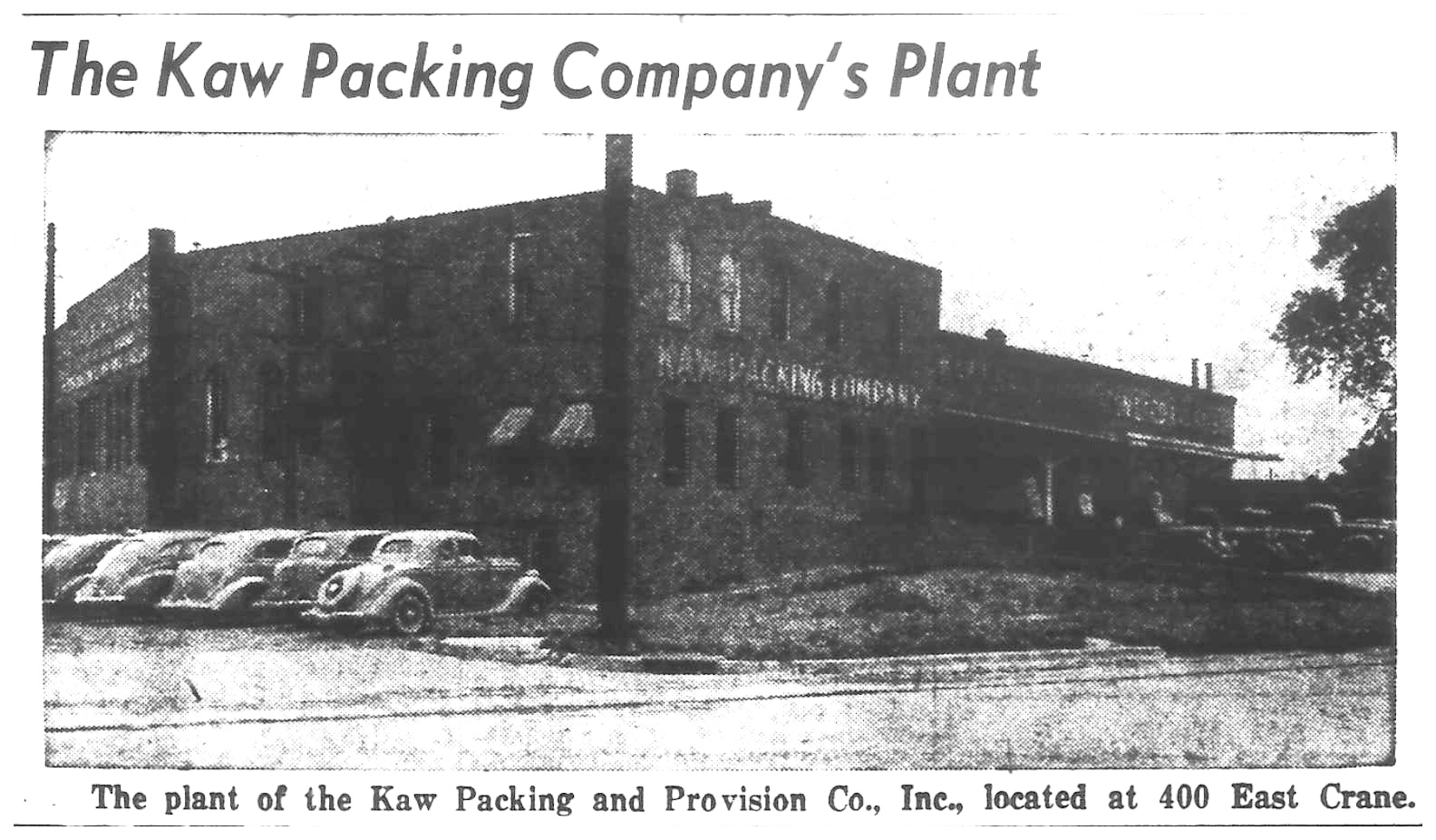 Authorities began interviewing those who had direct contact with Kramer prior to his death including his colleagues from the packing company. According to a local newspaper, three days after Kramer’s death more than a dozen persons were questioned and at least a dozen more were interviewed. The Kaw Packing company was buzzing with gossip and speculations about what Kramer was doing in the days prior to his demise. This left officials with a “tangled skein of information” to attempt to unravel.
Authorities began interviewing those who had direct contact with Kramer prior to his death including his colleagues from the packing company. According to a local newspaper, three days after Kramer’s death more than a dozen persons were questioned and at least a dozen more were interviewed. The Kaw Packing company was buzzing with gossip and speculations about what Kramer was doing in the days prior to his demise. This left officials with a “tangled skein of information” to attempt to unravel.
According to a colleague, Kramer was not in the plant past 6pm the night before he was murdered. On many evenings he was in his sleeping quarters located on the property. His absence was highly unusual and puzzled detectives. The community was shocked when an unplanned resignation and an arrest were made just a few months later.
The arrest
Authorities took Virgil Pointer, 37, into custody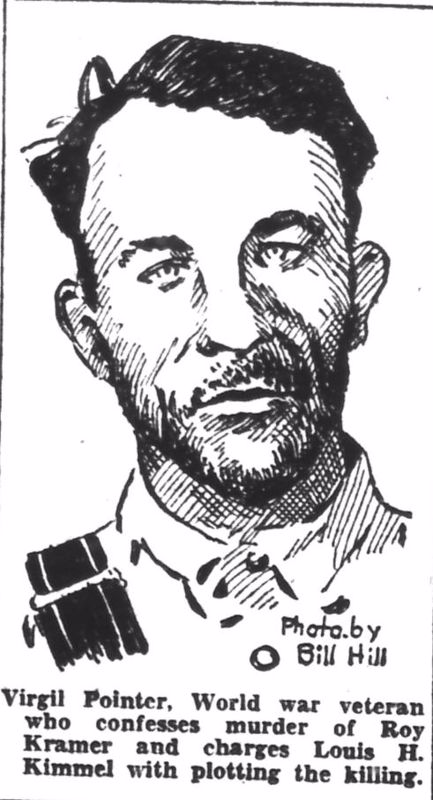
As soon as his name was spoken Louis Kimmel resigned from his role as the head of one of Topeka’s largest businesses. Kimmel stated, “I tender my resignation, effective at once; until the day the shadow that has come over me has been completely removed, which with God’s help to an innocent man, I know is forthcoming.” The city was understandably shocked. Just one day after his arrest, Kimmel was released on $25,000 bail, courtesy of his own father.
Kimmel’s trial begins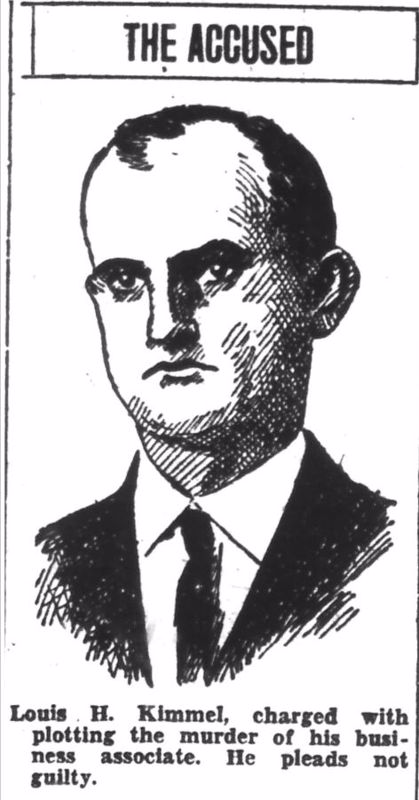
Ten months after the tragic death of Roy Kramer, Kimmel went on trial represented by two prominent attorneys, Charles Rooney and Oscar Raines. Pointer’s testimony implicated Kimmel as the mastermind behind the plot. According to a local newspaper, “Kimmel had formented a hatred for Kramer by telling him of slighting remarks Kramer was alleged to have made about him ”.
Shawnee County assistant attorney Lester Goodell was the prosecutor in the case. Goodell later gained national attention as the lead trial attorney for the school board in the Brown v. Board of Education case. A firm with the Goodell name still exists in Topeka.
Was philandering a factor?
Why did Kimmel have such a strong disdain for Kramer? There were rumors among his employees about visits from females to Kramer’s sleeping quarters on the property. By the time of the trial, two women had fled the area and another changed her name altogether. While it’s unknown how many rendezvous Kramer was responsible for, his womanizing ways disgusted Kimmel to the point of violent action.
The total duration of Louis Kimmel’s trial was 19 days,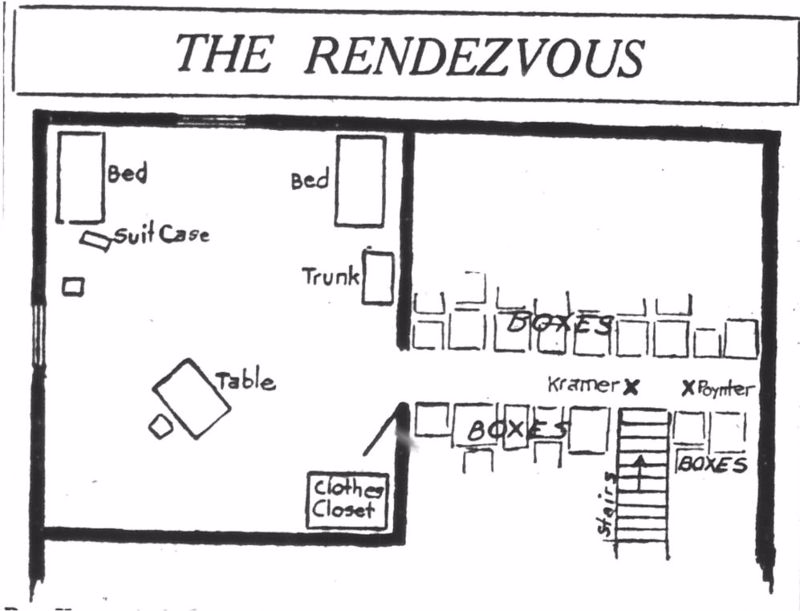
Pointer continued his testimony, placing the blame on Kramer for his actions. After the murder he returned to the packing plant and attempted to clean up the crime scene. According to the Topeka State Journal, Pointer “related instructions he said Kimmel gave him for performing the murder and disposing of the body.” With that the trial concluded and 24 hours passed by before a decision was made. The Topeka State Journal wrote the first ballot was 7 to 5 for conviction. But there were 11 additional ballots, with the 13th ballot resulting in a complete acquittal. Kimmel walked out of the courthouse a free man.
Pointer’s trial begins
The following February Virgil Pointer’s trial began. Details on his trial were more difficult to locate. Jurors were instructed to return a verdict of either first degree murder, second degree murder or acquittal. It’s unknown how long the deliberation process lasted, but Pointer was ultimately found guilty of second-degree murder. According to the New York Times, his sentence was 25 years in prison. With no known record of burial and no additional articles, the story seems to end there.












